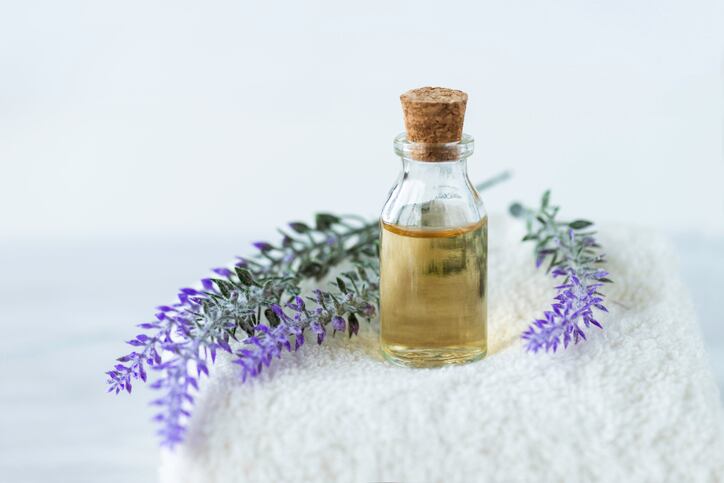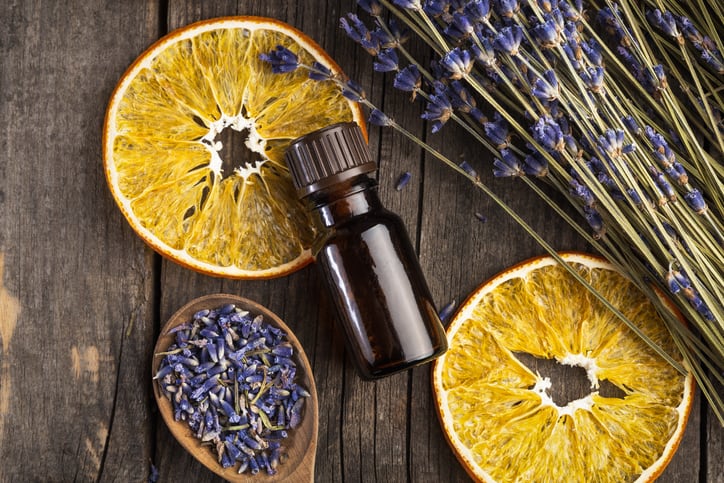In an article published in Cosmetics, a research team out of Singapore, Lee et al, used peppermint, lavender and eucalyptus oil to create naringin microemulsions and test if the process could improve the performance of the essential oils in a skin care product.
Lee et al said consumers are both interested in more eco-friendly products and willing to pay slightly more for them. They also said essential oils can be a more eco-friendly, naturally-derived alternative to synthetic antioxidants and preservatives.
While essential oils are versatile and used in pharmaceuticals, food and skin care already, Lee et al said they are gaining more popularity in dermatological research and skin care products as actives, antioxidants and preservatives.
The research team tested how a naringin microemulsion could improve the performance and preservation of a skin care product with essential oils.

“The role of microemulsions of essential oil in the skin care formulations was envisioned to be 4-fold: to improve the release of skin active, to improve stability of skin active, as a natural alternative to synthetic antioxidant, and as a self-preserving system,” Lee et al said.
Lee et al said they selected the flavonoid naringin, derived from citrus fruits, was chosen for these tests because of its anti-inflammatory, antioxidant and antiviral characteristics, although the ingredient has stability issues and poor water solubility.
Like many actives, naringin has low water solubility and the release of the ingredient in a formulation is important, Lee et al said. They found the release of naringin was “remarkably improved” in the microemulsion formulation over the unformulated naringin plain gel.
The team also tested the activity of the three essential oils by evaluating their ability to scavenge for a type of free radical. The microemulsion essential oils were tested against antioxidant BHT.
Lee et al found two of the microemulsions performed as well or better than some concentrations of BHT.
“Incorporation of synthetic antioxidants such as BHT in the skin care formulations could be eliminated or partially reduced with the presence of microemulsions of essential oil,” Lee et al said. “Furthermore, much higher antioxidant activity could potentially be exhibited by the microemulsions of essential oil when the content of essential oil is increased to more than 7%.”
The research team also tested the stability of the formulas in refrigerated, room temperature and hot conditions, between 39 and 104 degrees Fahrenheit, over a period of a month. Both microemulsions and microemulsion-gel formulations retained almost 100% of their naringin across temperatures.
As some essential oils have antimicrobial properties, Lee et al tested them in a microemulsion as a self-preserving formula.
“Favorably, E. coli and S. epidermis strains were found to be more susceptible to all of the … microemulsions of essential oil than 0.25% synthetic preservative methylparaben,” Lee et al said. “These findings suggest the potential of microemulsions of essential oil as a safer alternative to synthetic antioxidants and as a self-preserving system.”
Lee et al said their research supported their main theories behind the use-case of microemulsion and could theoretically be used to develop naturally-derived products with improved efficacy.
Source: Cosmetics
Cosmetics 2022, 9(2), 30; https://doi.org/10.3390/cosmetics9020030
Title: Developing Eco-Friendly Skin Care Formulations with Microemulsions of Essential Oil




